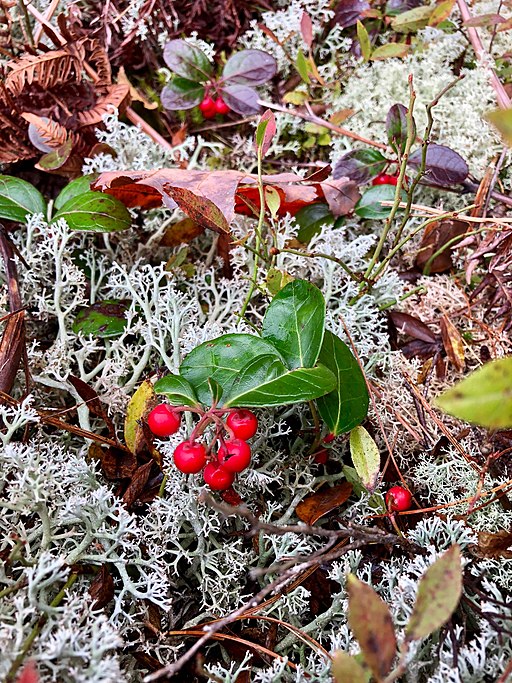Maryland’s Favorite Christmas Plant

By Maria Price
Our editor recently received an email from a group called Cinch Home Services which offered the results of a recent survey they had done. The company asked various generations what type of garden style they preferred.
Of course, my generation, the Baby Boomers, preferred English-style gardens which make room for a lot of native plants. Gen X preferred a woodland landscape. The Millennials preferred tropical landscapes and Gen Z went for a modern Japanese look.
Based on search history, the survey then revealed America’s favorite plants for Christmas. The results were both surprising and not. Blue point juniper was the top plant chosen in Connecticut, Michigan, Ohio, Oklahoma, Tennessee, and Wisconsin. It was also the top hit for the cities of Atlanta, Houston, and San Antonio.
Frosty fern was favored by Iowa, Maine, New Hampshire, the Dakotas, Vermont, and the cities of Milwaukee and Oakland. Georgia, El Paso, and San Francisco were interested in gardenias. Massachusetts searched for hellebores, and so did Nashville and Seattle. Oregon chose lemon cypress and Floridians searched Norfolk Island pine.
Maryland and Virginia’s favorite was wintergreen.
Wintergreen, Gaultheria procumbens, is also known as checkerberry, teaberry, and deerberry. This happens to be one of my favorite native woodland plants. Its small, glossy dark green leaves make it stand out in a forest of trees.
Wintergreen grows in poor acidic soil in woods, bogs, and clearings in the Northeast and around the Great Lakes. There are quite a few low-growing evergreen plants with bright red berries that grow in the same areas as wintergreen, but none have that distinctive fragrance when the leaves or berries are crushed.
This creeping evergreen plant grows about 5 to 6 inches high and is usually found under mountain laurel and rhododendrons. The leaves are shiny, thick, slightly toothed, leathery, oval, and one to two inches long. Tiny white bell-shaped flowers appear in midsummer, followed by bright red solitary berries ripening in late fall in time for winter.
The leaves were formerly listed in the U.S. pharmacopeia, a book describing drugs, chemicals, and medicinal preparations. The volatile oil obtained by the distillation of wintergreen is 99 percent methyl salicylate, a close relative to salicin which comes from willow bark and is an alternative to aspirin. It’s nearly equal in its ability to relieve pain for sciatica, gout, and arthritis. Products containing wintergreen oil must be kept out of the reach of children, as even small ingested amounts can be fatal. Never use the oil internally. Native Americans considered it a carminative, an herb useful for relieving digestive gas.
Wintergreen berries are edible and you can steep the leaves or berries in water for a mild, pleasant, refreshing tea. I hope you will enjoy Maryland’s favorite Christmas plant!
